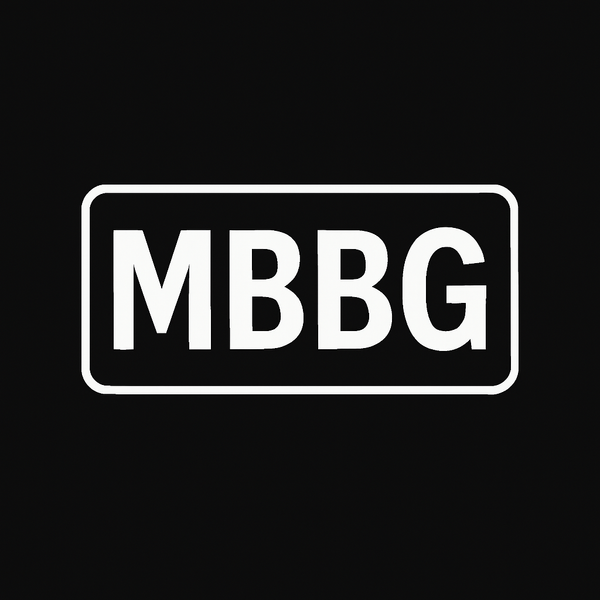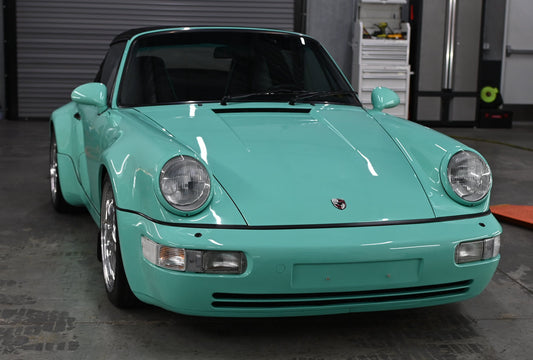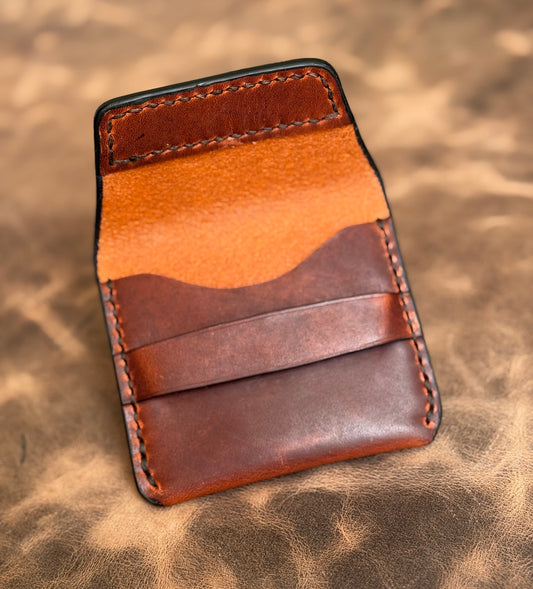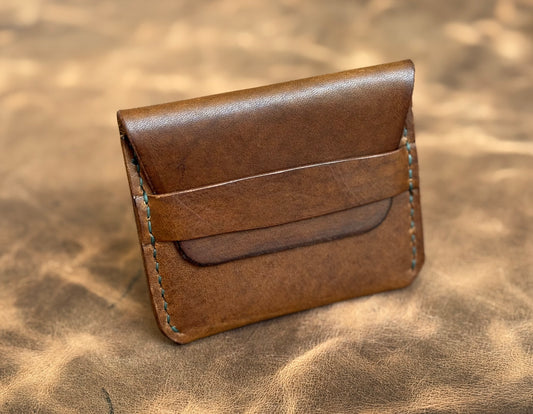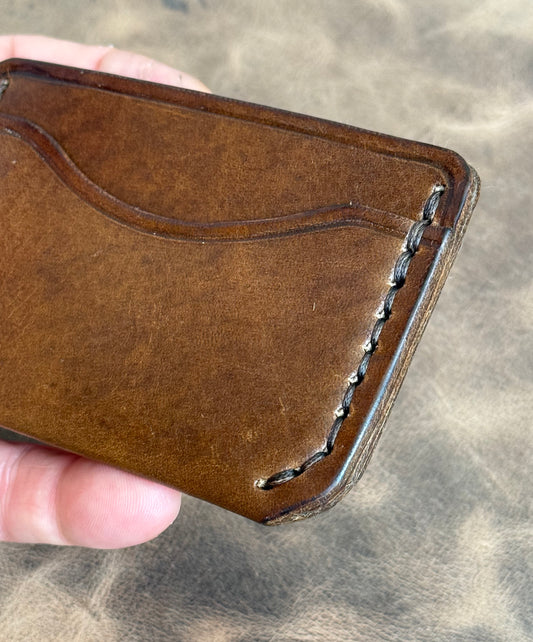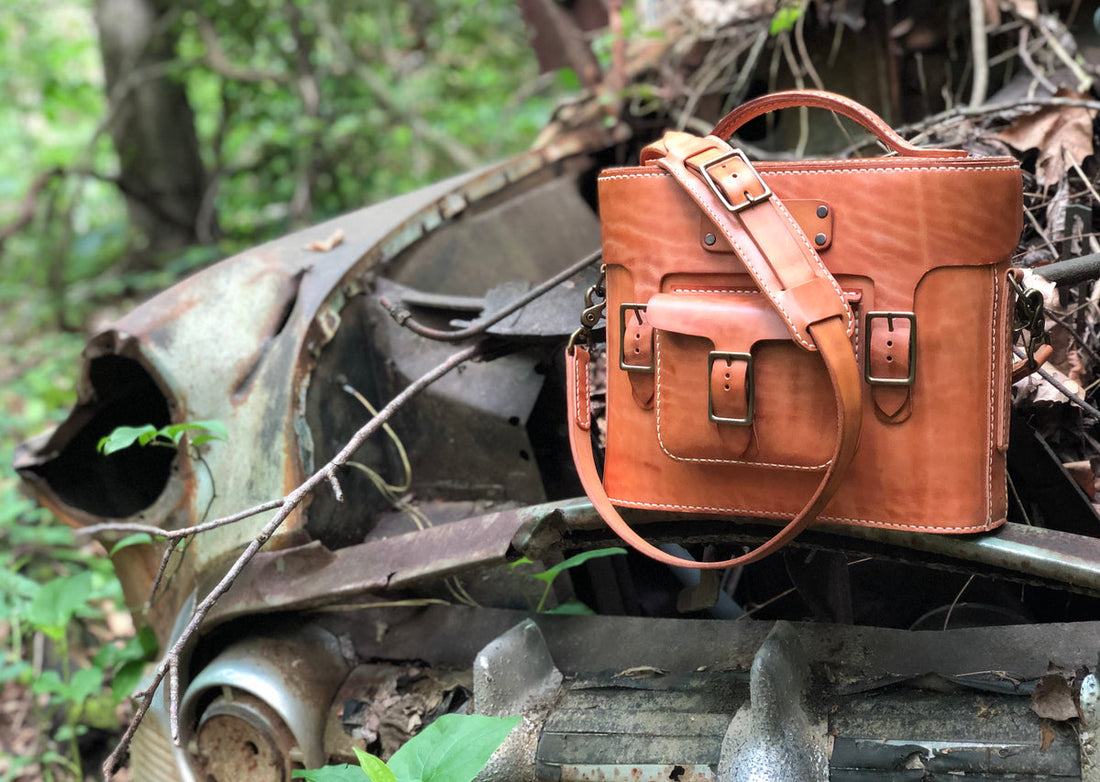
What is Leather?
Leather is a durable material made from the tanned hides and skins of animals. It has been utilized by humans for millennia for a wide range of products, including clothing, footwear, upholstery, and tools. Leather is prized for its versatility, comfort, and strength, which have made it one of the oldest and most enduring materials used in human craftsmanship.
The Origins of Leather
The history of leather dates back to the earliest days of human civilization. Evidence suggests that early humans began using leather over 3 million years ago, with the first known use of animal hides believed to be a means of protection against the elements, such as the cold. Early humans would have used raw hides to create rudimentary clothing and shelters, as well as tools like sandals and pouches.
The ancient people of Mesopotamia, Egypt, and the Indus Valley are known to have utilized leather for making sandals, armor, and other goods. Leatherworking techniques advanced significantly with the development of tools and the understanding of how to preserve and soften hides. The discovery of tanning processes was pivotal, allowing leather to become more durable and long-lasting.
Why Leather Exists
Leather exists because of its ability to provide protection, durability, and flexibility. From an early point in history, humans recognized the utility of animal hides and skins, not just for warmth but for creating durable items that could withstand wear and tear. As people domesticated animals and developed their own systems of agriculture and trade, leather became an essential commodity.
Leather was not only used for clothing but also for military armor, weapons, and even as currency in some cultures. It also held symbolic significance, with items such as leather scrolls and parchment playing key roles in ancient documentation and the preservation of knowledge.
The Tanning Process: How Leather is Stabilized
Tanning is the process by which raw animal hides are transformed into leather, a durable material that resists decay. The raw hide, which is initially soft and perishable, undergoes chemical treatments to stabilize it and give it the qualities associated with leather, such as flexibility, strength, and resistance to bacterial growth.
-
Preparation of the Hide
The tanning process begins with the preparation of the hide. The skin is cleaned, fleshed (removal of excess fat), and soaked in water to remove impurities. -
The Tanning Process
There are different methods of tanning, but the most common are vegetable tanning and chrome tanning:-
Vegetable Tanning: This ancient method involves soaking the hides in tannin-rich plant extracts, such as oak or hemlock bark, which contain natural compounds that bind to the proteins in the hide and form a stable structure. This process can take weeks to months, but it results in a firm, durable leather that is often used for high-end leather products, such as saddles, belts, and some types of upholstery.
-
Chrome Tanning: Introduced in the mid-19th century, chrome tanning uses chromium salts to rapidly tan the hide, reducing the time required to stabilize it to just a few hours. This method produces a more supple and softer leather that is commonly used for fashion items such as jackets, shoes, and handbags.
-
-
Post-Tanning
After the tanning process, the leather is often conditioned to improve its texture, sheen, and softness. This can involve oiling, waxing, or buffing the leather, depending on the desired finish.
Natural Byproduct
The story of leather is one of survival, ingenuity, and craftsmanship. From its humble beginnings as a natural byproduct of hunting and livestock farming, leather has evolved into a key material in modern industries and cultures. The tanning process plays a vital role in transforming raw hides into stable, long-lasting materials, allowing leather to remain one of the most valuable and timeless substances in human history.

Environmental Benefits of Making and Using Leather
Leather, when produced responsibly, offers several environmental advantages. As a natural material, leather is biodegradable, reducing the ecological footprint associated with synthetic alternatives, which often rely on fossil fuels and take centuries to decompose. Leather production upcycles by-products of the meat and dairy industries that might otherwise go to waste, transforming them into durable, long-lasting goods.
Vegetable tanning, one of the oldest leather-tanning methods, uses natural tannins from plant sources like bark and leaves, minimizing the environmental impact and creating a fully biodegradable material. Chrome-free tanning processes are also increasingly common, offering further reductions in harmful waste. Moreover, the longevity of leather products means fewer replacements are needed, reducing consumption and waste over time.

Choosing leather means investing in a material that, with proper care, can endure for decades, offering an eco-conscious alternative that balances durability with natural beauty.Leather, when produced sustainably, provides an eco-friendly alternative to synthetic materials. By repurposing a natural by-product, leather minimizes waste and reduces the need for non-renewable resources. Tanning methods like vegetable and chrome-free tanning further enhance its environmental profile, while the durability of leather products reduces the cycle of consumption and waste. As a material that can last for decades, leather aligns with principles of sustainable use, offering both functional and ecological benefits.
